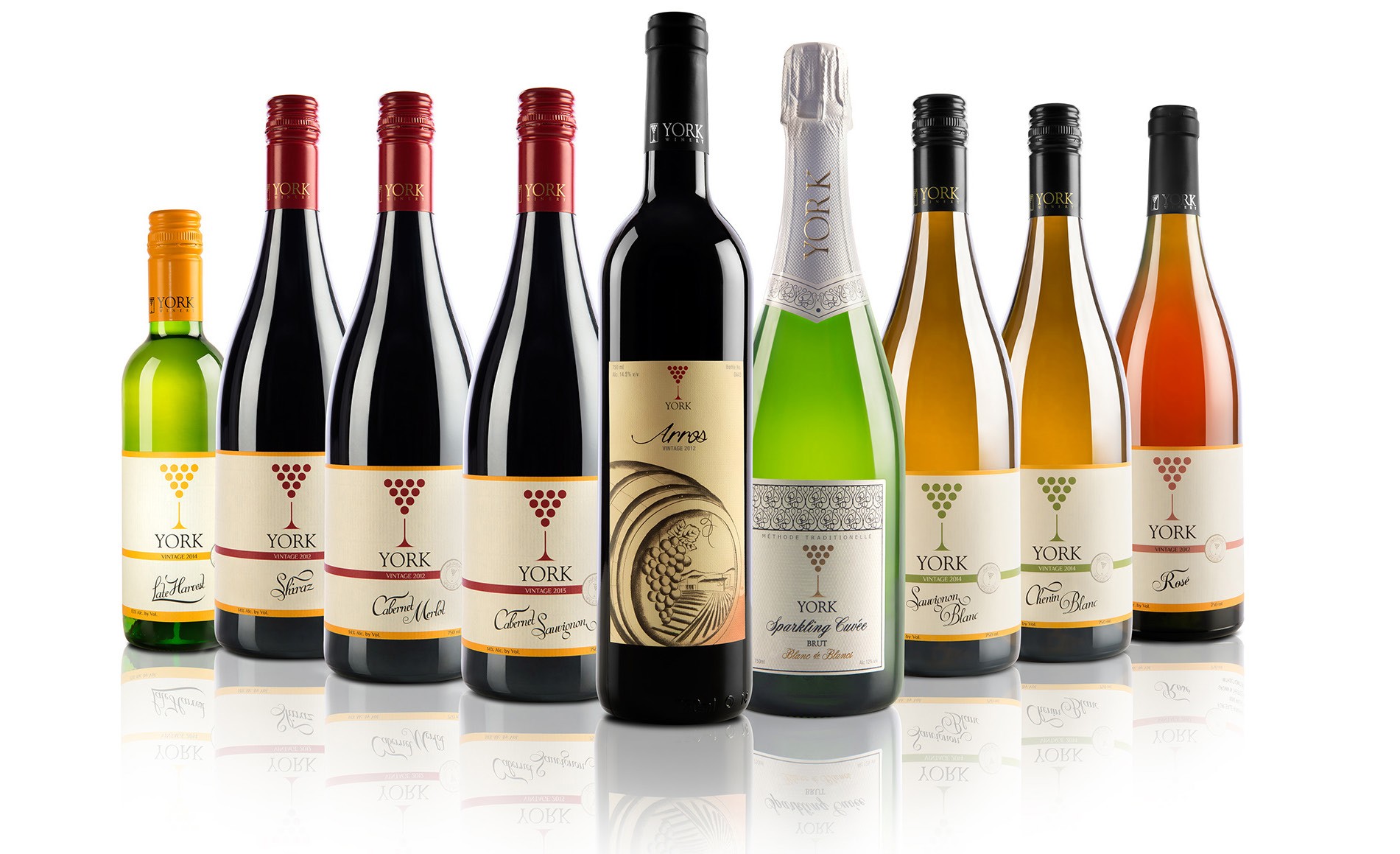Among the innovative changes introduced in the packaging and labelling of York wines, “a wrap around single label on a Burgundy-shaped bottle” is specifically mentioned by Ravi Gurnani, Director, York Winery. “Earlier it was a front and back label. We replaced it with the new label that was unique, as nobody was using this kind of label in the domestic wine market. However, now it has been copied by other brands as well,” says Ravi.

The other packaging and labelling changes brought about by York include “new bottles and labels for our entire range of premium wines. This has had a positive effect on the brand in terms of both image and sales,” he informs.
To facilitate day-to-day wine drinking, York has also shifted its regular as well as premium range to screw caps from corks. “Only barrel-aged wines and sparkling wines are under corks. The screw cap makes it easy for the consumer to store, open and close back the bottle of wine. Wines also stay fresh for a longer period,” says Ravi.
York is India’s only 100% family-owned and -operated winery. It was founded in 2008 by the Nashik entrepreneur, Lilo Gurnani, father of Ravi, with the dream of producing world class Indian wines. York has earned the reputation of producing some of the best Indian wines in terms of quality and value. The company has won numerous accolades since its first vintage in 2008.
The nine-acre York estate takes 20 minutes travel time from Nashik city and 3 hours from Mumbai. It has vineyards of Chardonnay & Tempranillo alongside a state-of-the-art winery, tasting room and all-day restaurant with a breathtaking view of the tranquil expanse of the Gangapur dam backwaters.
York Tasting Room and Wine Bar serves the entire range of York wines along with a selection of cheeses and light snacks. Guided tours of the winery are also conducted for the visitors to the York estate.
Ravi emphasizes the role of bottles, packaging and labelling for creating a new imagery for a brand. He explains, “A different design on paper can only be actualized through these elements to create something unique.”
Though Ravi doesn’t want to share details about the rise in their wine sales following the packaging and labelling changes, he says, “If the packaging is well accepted it helps sales also.”Whether companies go for the packaging and labelling changes because of the consumer fatigue with the old packaging? Ravi doesn’t think so. Instead of the consumer fatigue, he says, “It is more a case of increased competition necessitating these changes more quickly than earlier times.”
He believes that “packaging will always keep evolving to keep the customer interested. With so many brands available across different segments and prices, packaging plays an important role in differentiating the brand.”
Talking about the packaging and labelling innovations, he says, “There are new materials to experiment with for labels. Bottles with different shades and tints are being used. There are lots of special or limited edition products to showcase something different in their packaging for a small period or quantity. Designs can be very edgy and pushing boundaries in terms of concepts.”
York sources bottles, labels, cartons, etc for its wines from suppliers. We ask Ravi about the capability of domestic companies in meeting the packaging requirements of the spirits industry. He replies, “Domestic labeling companies are now able to offer many options for printing than earlier — right from the paper used to colours of foils available for wine.”
He also talks about the advantage of digital printing, which “has helped do small printing runs that are much more practical and affordable for niche producers like us.” However, he feels, “Domestic bottles will still take some time to improve the quality needed for wines.”


